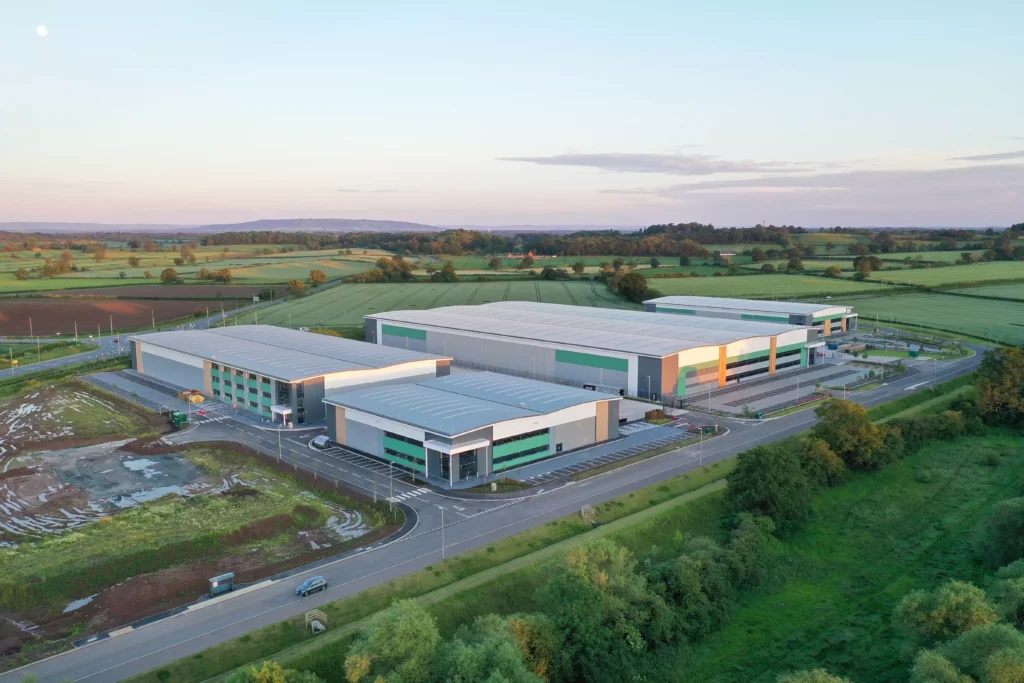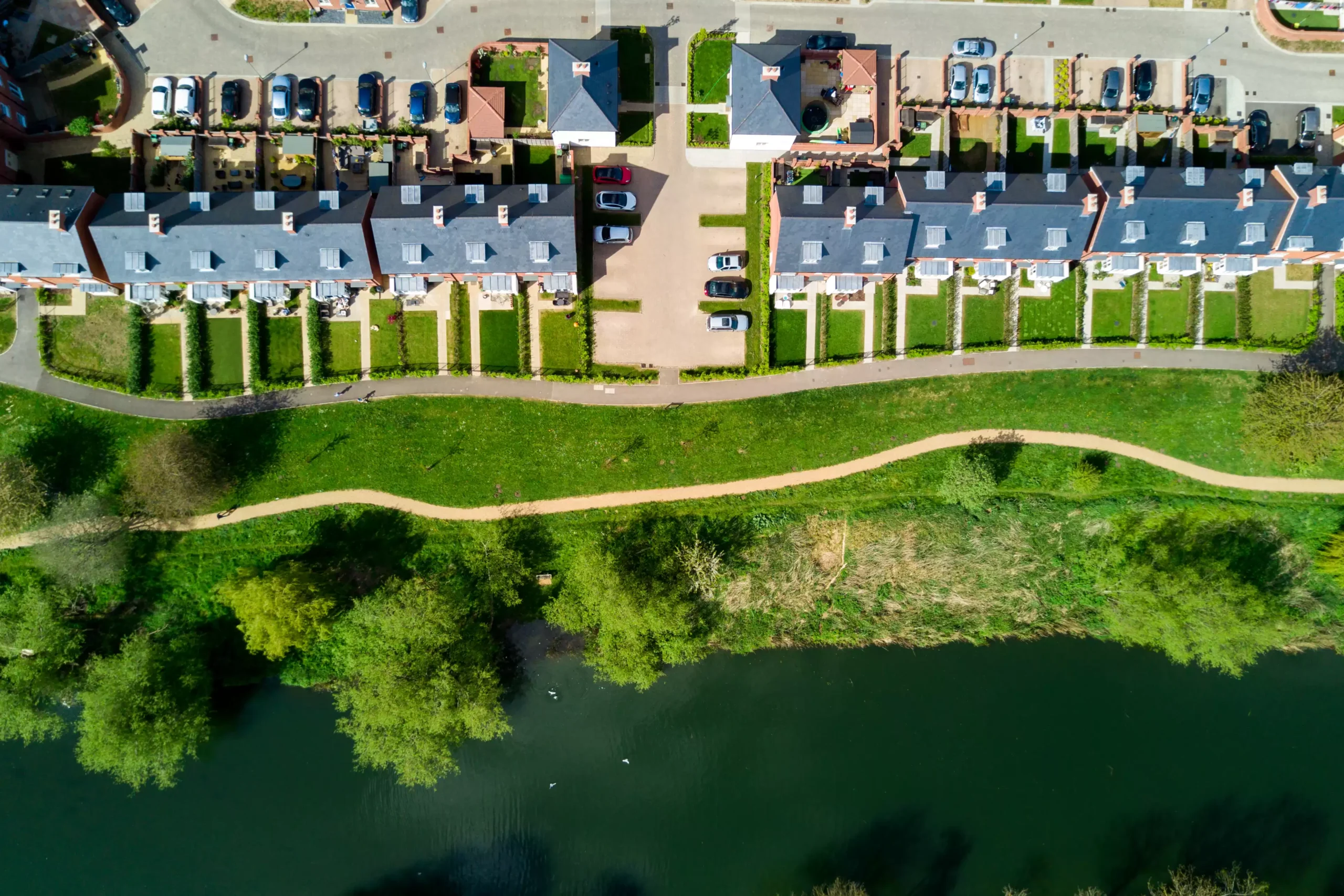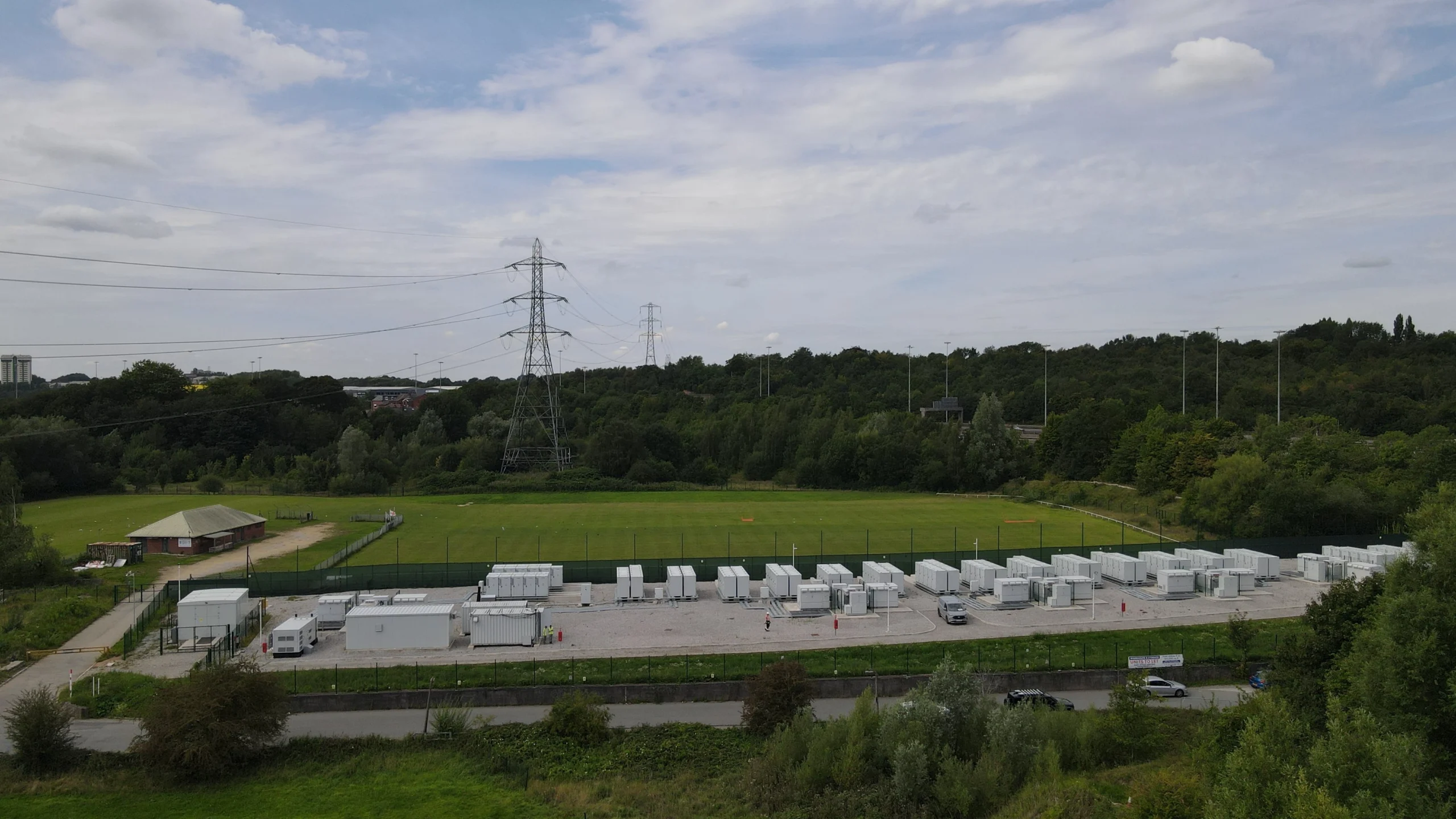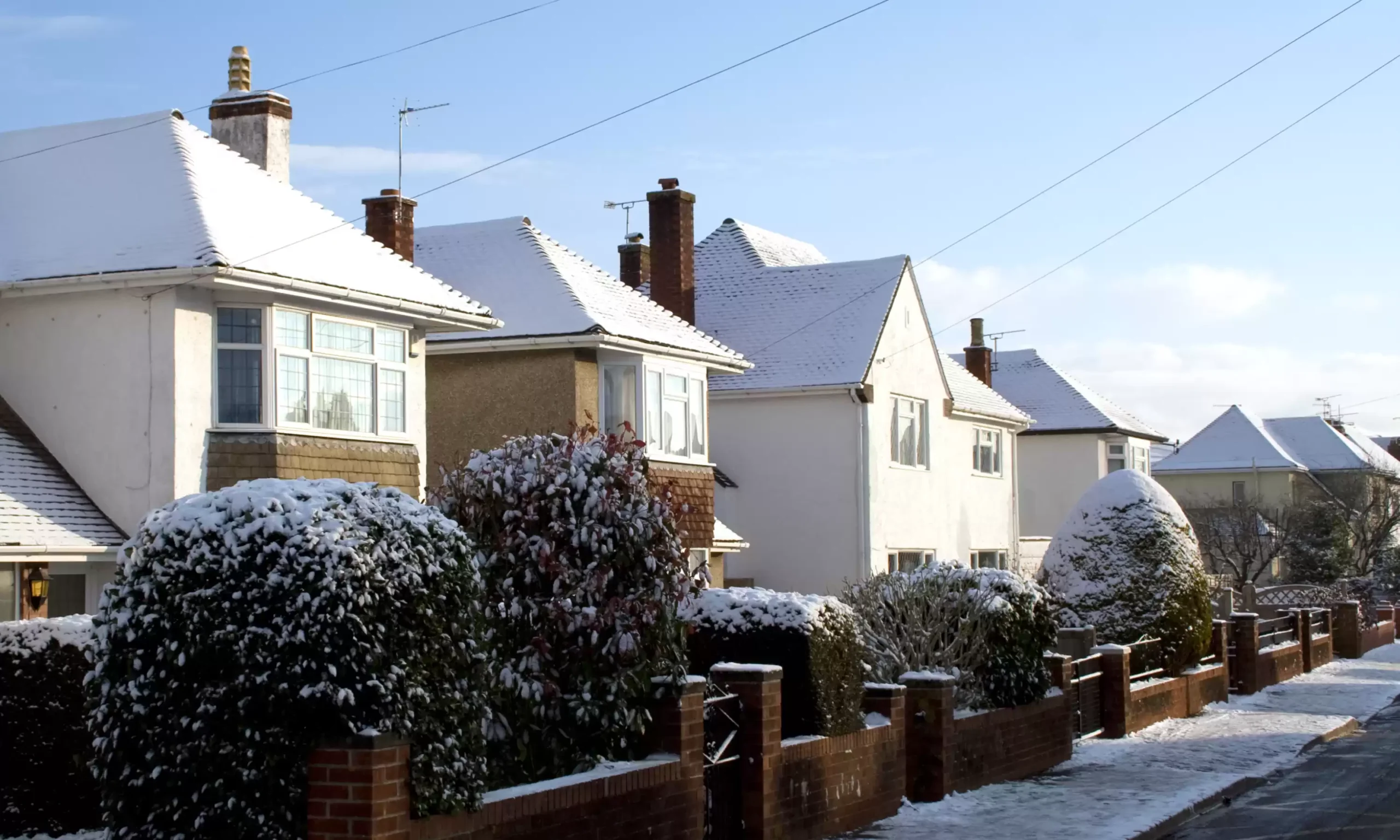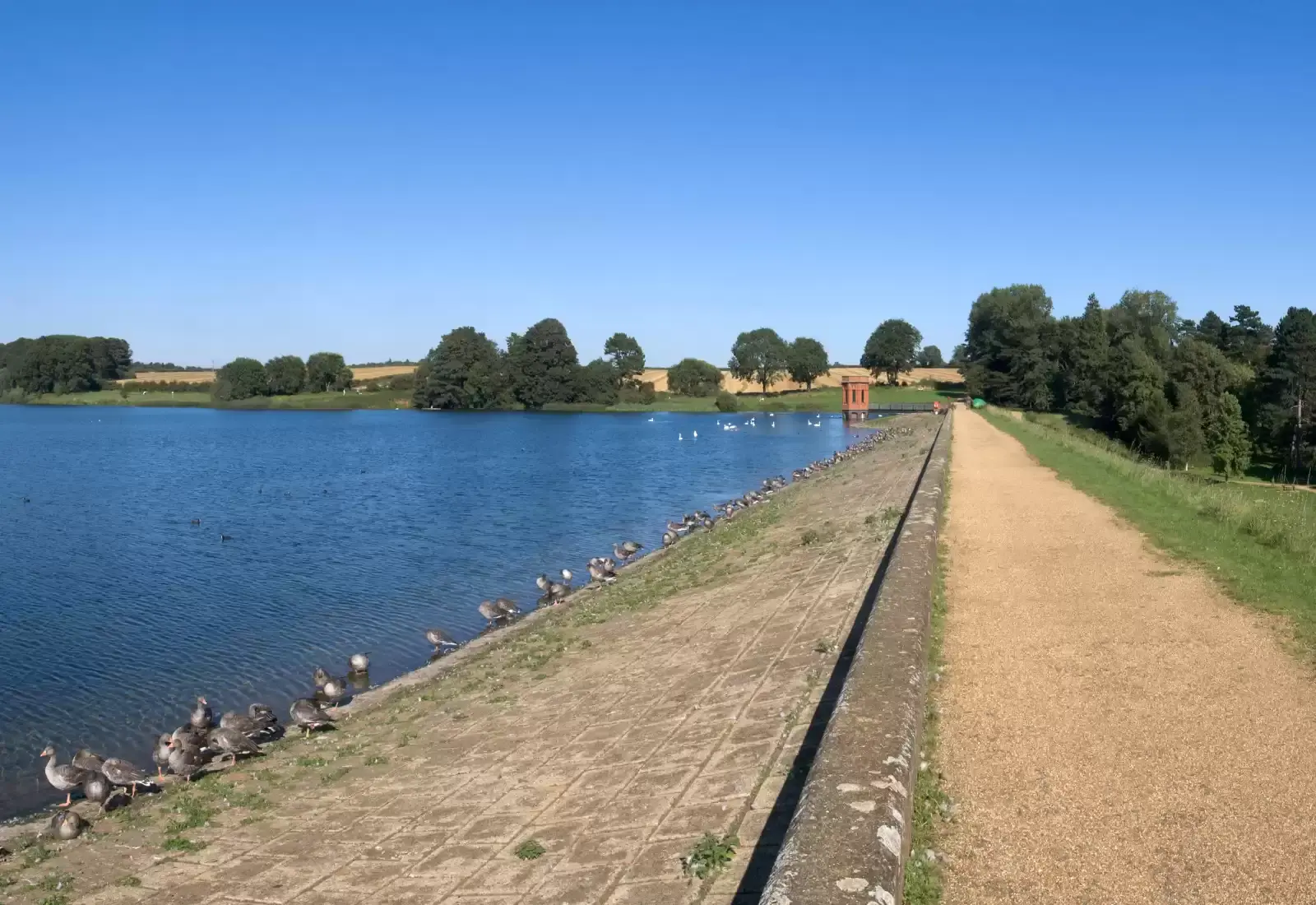When a new development needs a gas supply, the developer often turns to the local gas distribution network operator (GDN) for the new connection.
Using a utility infrastructure provider (UIP) to construct the new network and an independent gas transporter (IGT) to adopt it offers a quicker and more cost-effective alternative to the local GDN.
What’s a gas distribution network (GDN)?
Gas distribution networks deliver gas from the national gas transmission system (NTS), operated by National Gas Transmission, directly to homes and businesses across Britain.
A gas distribution network operator, or GDN, owns and operates the gas network within a specific geographical region.
There are four GDNs in Great Britain, all regulated by Ofgem, which cover eight regions within England, Scotland and Wales.
What’s an independent gas transporter (IGT)?
An independent gas transporter, also known as an IGT, is licenced by the energy regulator Ofgem to own and operate gas distribution networks to the same safety, performance and service standards as a GDN.
Just like GDNs, every IGT is obligated to provide a 24/7 emergency response to any issues or faults on its network.
Unlike gas distribution network operators, IGTs are not limited to a particular geographic region. An IGT can own and operate gas networks across England, Scotland and Wales.
Once a development is energised, households and businesses can switch gas supplier as they want and they won’t pay any more for their gas supply than they would if they were connected to a GDN network.
What’s the difference between an IGT and a GDN?
Both IGTs and GDNs are regulated by Ofgem to build, operate, maintain and invest in gas networks.
IGTs are different to GDNs in that IGTs pay UIPs, developers and housebuilders to adopt the newly constructed gas networks on new housing or commercial developments. This is known as an Asset Value Payment.
Traditionally, a developer would gift the gas network asset to the local gas distribution network once the development was complete. Developers wouldn’t receive compensation for this, they would give away their long-term revenue-generating asset to the GDN for free.
Through asset value payments, IGTs can help reduce the cost of installing the gas network infrastructure on a development.
How does an IGT make money?
Independent gas transporters collect a fee from the energy supplier for safely and reliably delivering gas through their pipes to the end user – the same as GDNs do.
Like GDNs, IGTs don’t own the gas that passes through the network.
How can an IGT help me?
If you’re building a new housing, commercial or industrial development, you’d traditionally approach your local GDN to provide the new gas connection to your site.
After energising your development, the GDN would own and operate the network indefinitely.
But you would be giving your revenue-generating asset to the GDN for nothing.
Typically, an IGT can facilitate the connection much more quickly and smoothly than a GDN. IGTs operate in a competitive landscape against other IGTs, so are incentivised to deliver an efficient service.
On top of that, an IGT will pay an asset value payment to adopt and own the new gas network.
That money can help reduce the cost of installing your gas network, helping make your next project viable and more profitable.
How is mua different from other IGTs?
We’re a multi-utility network operator – we can adopt and manage the gas, electricity and water utility assets on your new development, working with you from design through to the energisation of your new connections.
We believe in putting our clients at the heart of what we do and making your life as easy as possible.
We offer competitive asset values, and you’ll have one point of contact throughout the asset build and adoption process.
Our innovative network design solutions can help make your connections more cost-effective and reduce lead times.
We know legal processes can often slow down the energisation of new connections, which is why we’ve got our own in-house legal counsel and engaged expert legal partners to speed up arranging wayleaves and easements.
With our fast-track payment schedules and upfront asset value payments, we can help improve your project cash flow and alleviate the impact of initial construction outlays.
What role do gas networks play in the net zero transition?
We’re providing a multi-utility route to net zero, investing in sustainable networks that will support the UK to reach its net zero targets. While our gas networks are currently used to deliver natural gas to the nation’s homes and businesses, we believe a decarbonised gas network has a vital role in Britain’s future energy mix.
Decarbonising the gas network would see the natural gas we transport through our networks replaced by cleaner, greener energy sources such as biomethane and hydrogen.
We already actively support the use of biomethane within our networks. When it comes to being hydrogen-ready, all the new networks we’re adopting would be able to safely transport hydrogen if it were to replace natural gas as a low-carbon alternative for heating.
What other utility assets does mua adopt?
As well as adopting gas networks, we also adopt electricity networks serving new housing developments, commercial properties and industrial premises.
We adopt electricity connections to battery energy storage systems, data centres and EV charging points and hubs too.
As a NAV company, we provide water and wastewater services to homes and businesses in new developments nationwide.
By adopting the multi-utilities on your development, we can offer you a greater combined asset value.
We can also offer enhanced asset values to ICPs, UIPs, developers and housebuilders with portfolios of projects. Using our bespoke modelling, we’re able to aggregate the utility asset values across your portfolio, as opposed to looking at each scheme on a project-by-project basis.
